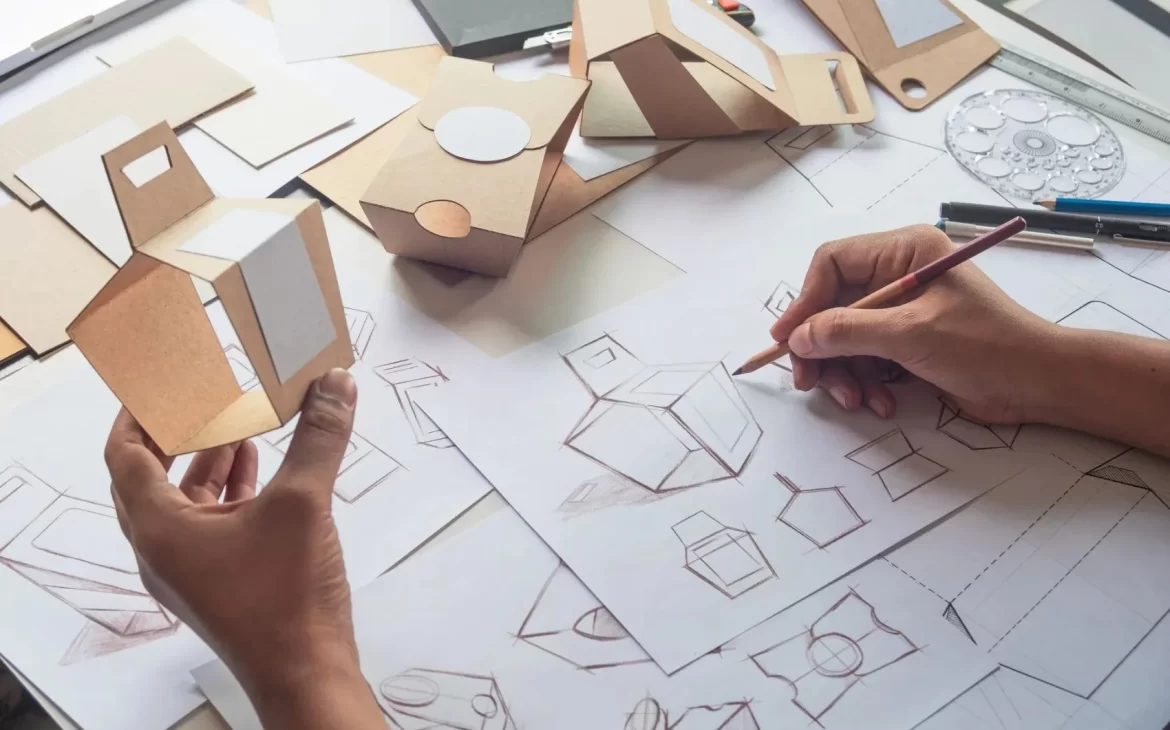In the dynamic world of manufacturing and commerce, the significance of industrial packaging design cannot be overstated. As products traverse the complex web of supply chains, the packaging becomes the face of the brand, a guardian of the product’s integrity, and a crucial element in consumer experience. This article explores the multifaceted aspects of industrial packaging design, delving into its impact on brand identity, functionality, and sustainability.
Understanding Industrial Packaging Design
Introduction to Industrial Packaging
Industrial packaging is not merely about enclosing a product; it is a strategic blend of art and science. The design of industrial packaging involves creating solutions that safeguard the product during transportation, enhance brand visibility, and align with environmental considerations.
The Role of Industrial Packaging Design in Branding
Visual Identity and Brand Recognition
In a crowded marketplace, establishing a distinctive brand identity is paramount. Industrial packaging serves as a visual ambassador for the brand. A well-designed package attracts attention, communicates brand values, and fosters instant recognition. Elements such as color schemes, logos, and typography play a pivotal role in creating a lasting impression.
Consumer Engagement through Packaging
Industrial packaging is not limited to protection; it is an interactive medium that engages consumers. Innovative packaging designs can tell a story, convey product benefits, and create an emotional connection with the audience. Brands that invest in thoughtful packaging often witness increased customer loyalty and positive word-of-mouth marketing.
Functionality and Practicality Packaging
Protecting the Product
At its core, industrial packaging design is about safeguarding the product from the manufacturing line to the end consumer. The packaging must withstand the rigors of transportation, handling, and storage. A design that prioritizes durability and functionality ensures that the product reaches its destination in optimal condition.
Optimizing Storage and Transportation
Efficient packaging design considers the logistics of storage and transportation. Space optimization is crucial in reducing costs and environmental impact. Smart packaging solutions that minimize waste and maximize space utilization contribute to a sustainable and cost-effective supply chain.
Sustainability in Industrial Packaging Design
The Rise of Eco-Friendly Packaging
As environmental awareness grows, so does the demand for sustainable packaging solutions. Industrial packaging design is evolving to embrace eco-friendly materials and practices. From recyclable materials to minimalist designs that reduce excess packaging, sustainability is now a key consideration in the design process.
Balancing Sustainability and Functionality
While the push for sustainability is commendable, designers face the challenge of balancing environmental concerns with the practical requirements of industrial packaging. Finding the sweet spot where functionality meets eco-consciousness is a delicate but necessary task in the modern design landscape.
Technological Advancements in Industrial Packaging Design
Incorporating Technology for Smart Packaging
The digital age has ushered in a new era of possibilities for industrial packaging. Smart packaging, equipped with technologies like RFID tags and sensors, allows for real-time tracking, ensuring better supply chain visibility. Such innovations enhance the efficiency of the entire distribution process.
Augmented Reality and Interactive Packaging
Some forward-thinking brands are leveraging augmented reality (AR) to create interactive packaging experiences. By scanning a package with a mobile device, consumers can access additional information, videos, or even virtual experiences related to the product. This not only adds a layer of engagement but also positions the brand as tech-savvy and forward-looking.
Challenges and Future Trends in Industrial Packaging
Meeting Regulatory Standards
The landscape of industrial packaging is subject to various regulations, especially concerning materials and environmental impact. Designers must navigate these standards to ensure compliance while still delivering functional and visually appealing packaging.
Personalization and Customization
In an era where personalization is a key driver of consumer preferences, industrial packaging design is moving towards more customizable solutions. Brands are exploring ways to tailor packaging to individual customer needs, enhancing the unboxing experience and fostering a sense of exclusivity.
Embracing Minimalism and Simplicity
As attention spans dwindle and consumers crave simplicity, industrial packaging design is leaning towards minimalism. Clean, simple designs not only convey a modern aesthetic but also reduce visual clutter, allowing the brand message to shine through.
Conclusion
In the ever-evolving landscape of commerce, industrial packaging stands as a critical element in the success of a product. It goes beyond aesthetics, intertwining brand identity, functionality, and sustainability. As technology continues to advance and consumer expectations shift, designers must stay agile, embracing innovation while navigating the complex web of regulations. Ultimately, the art of industrial boxes is a harmonious blend of creativity, practicality, and a commitment to leaving a positive impact on both consumers and the planet.

